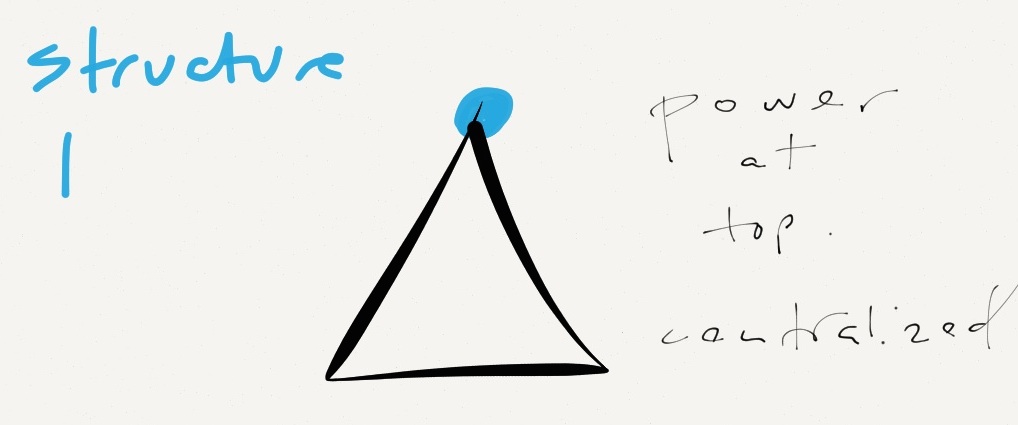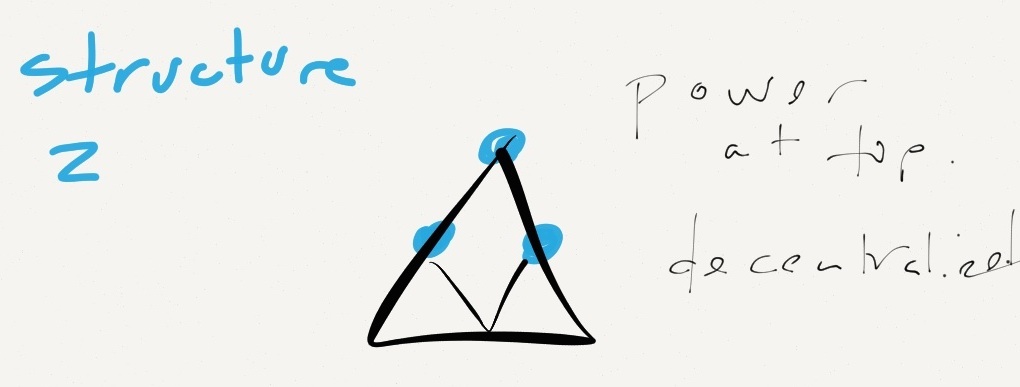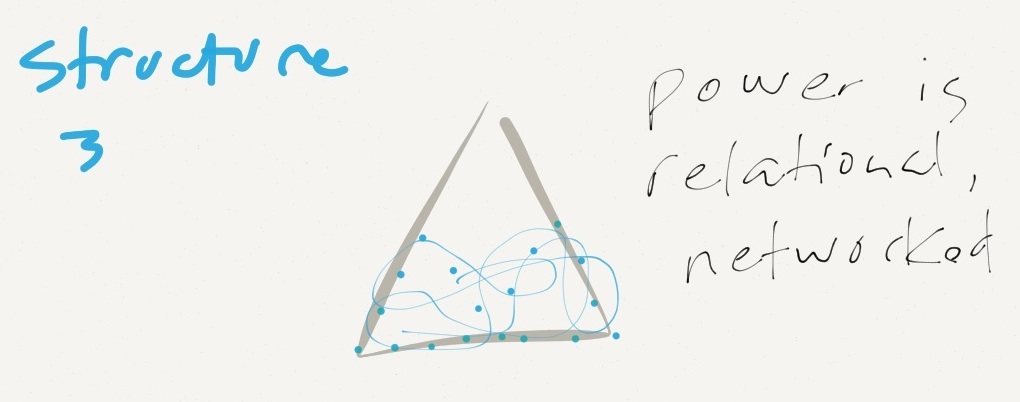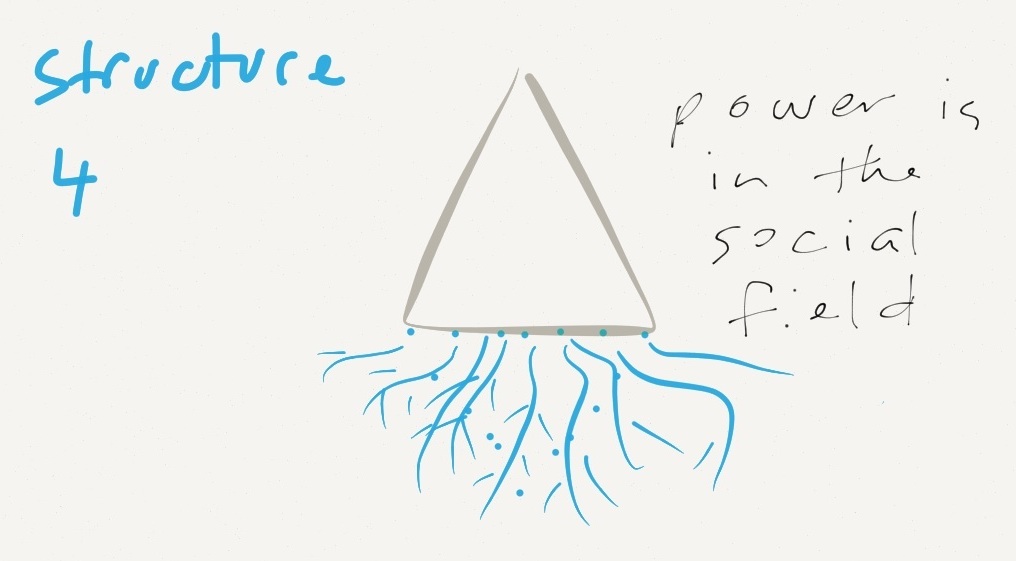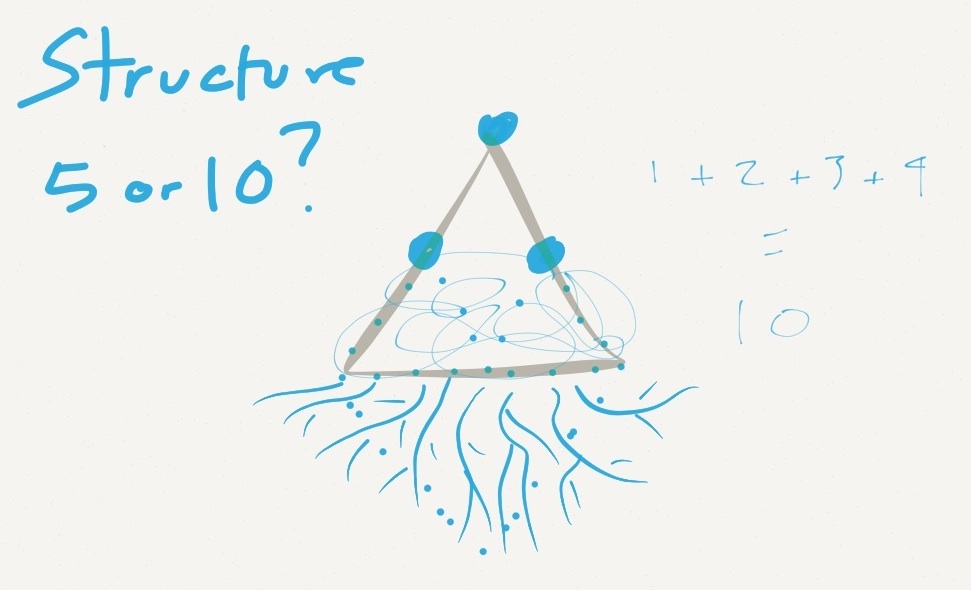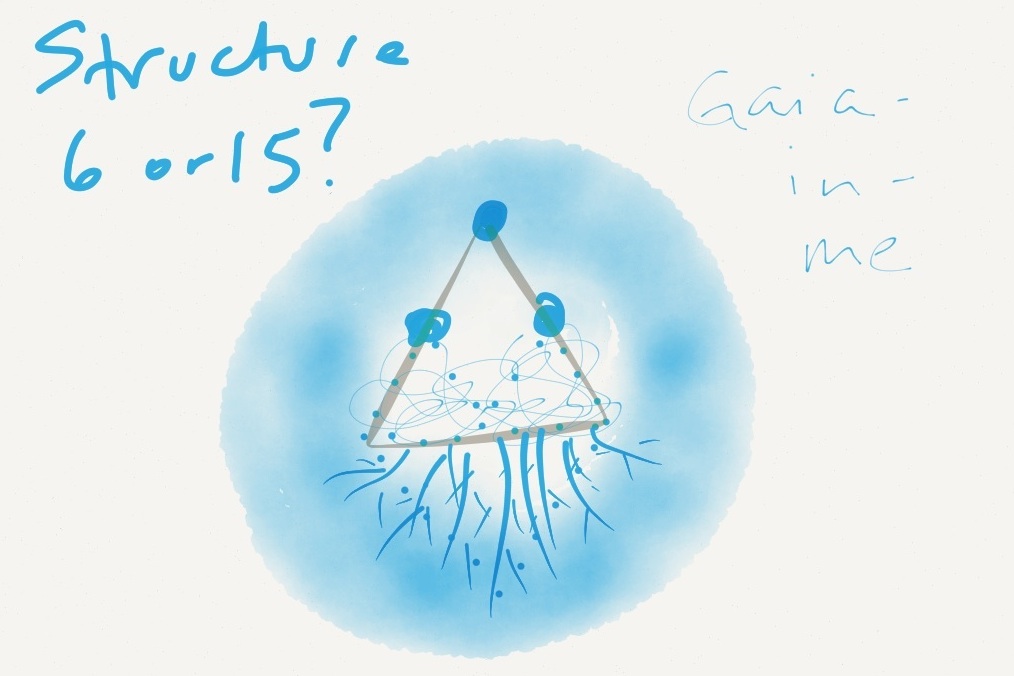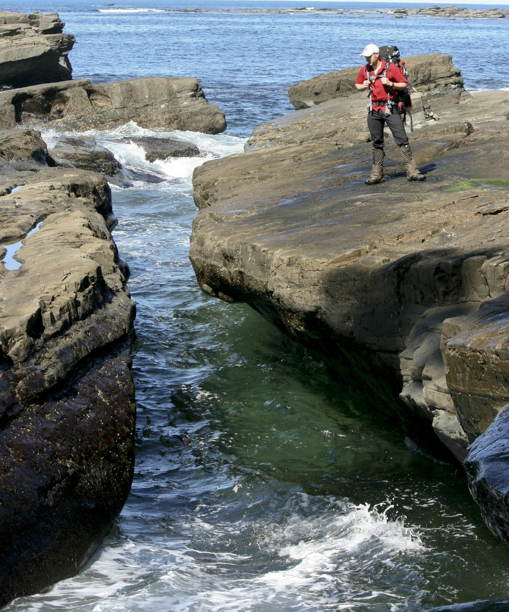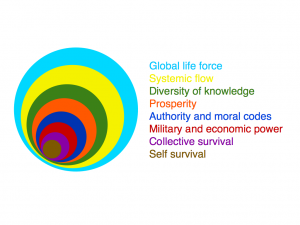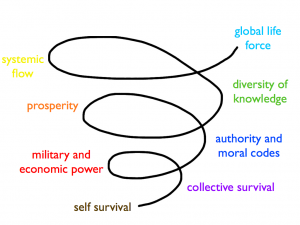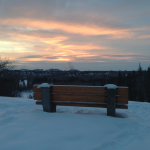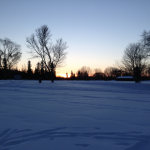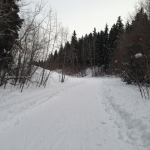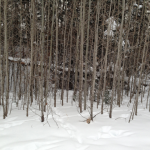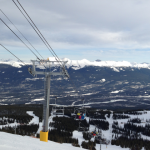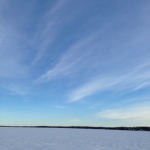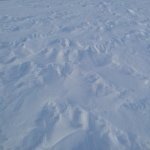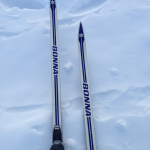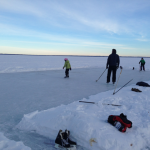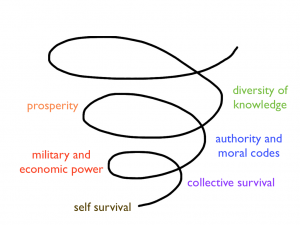‘Think about it. We are like water, aren’t we? We can be fluid, flexible when we have to be. But strong and destructive too.’ And something else, I think to myself. Like water, we mostly follow the path of least resistance. Wally Lamb, We Are Water
As humanity evolves, so too do the social structures we create to organize ourselves. In last week’s post, Do it all, all at once, I revealed a series of social structures that illustrate how humanity has organized itself over time. To fully engage the city system, we need to work in all of these structures.
In Leading from the Emerging Future, Otto Scharmer and Katrin Kaufer notice that we first organized communities around place. From this, they articulate four levels of organizing economic structures that correspond with their four structures from last week:
- Organizing around centralized power: the state (one sector; centralized state)
- Organizing around competition: state plus market (two sectors; decentralized markets)
- Organizing around special interest groups: state plus market plus NGOs (three sectors; conflicting relationships)
- Organizing around the commons (three sectors; co-creative relationships)
I added two additional structures to Scharmer and Kaufer’s work, and this is how I describe their modes of organizing, to tease out our evolutionary thread further:
- Organizing for flex and flow: the state, the market, NGOs, the field (co-generative relationships for/with the whole)
- Organizing for the field: the planet and the field (cosmic, holonic awareness)
_____
This evolutionary movement can be seen in the history of St. John’s, the most eastern point of land in North America. In what appears to be an unplanned city is the story of a settlement’s life conditions over time (Is an unplanned city unplanned Part 1, Part 2, Part 3, Part 4). The life conditions dictated the purpose of the settlement, what it was organized for and ultimately its shape. The life conditions dictated how they organized: a calm harbour that didn’t freeze; a geographic location in proximity to Europe; fresh water and materials to build shelter; a strategic economic resource in the cod stocks; a strategic military location along shipping routes; the port authority, court house, government house and custom house added order; the prosperity of today’s entrepreneurship pushes the boundaries of moral codes; and today’s social and technology media are changing what we know and how we know it.
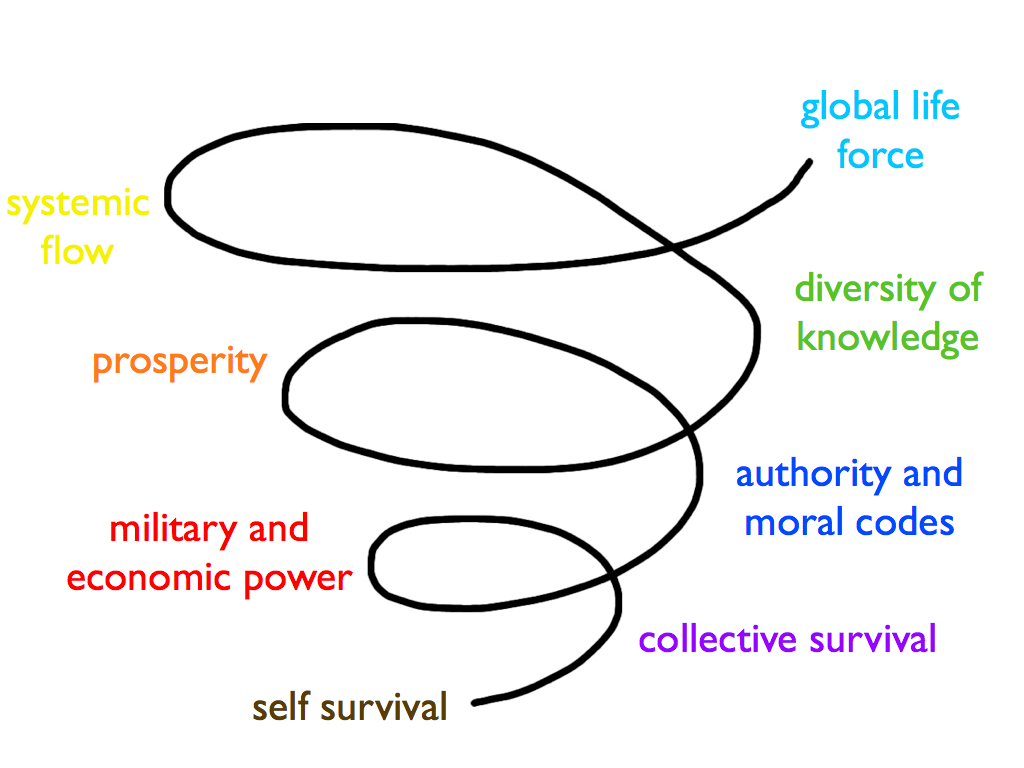
The overriding purpose of a city – wherever it is in its development – is to integrate the needs of its people, with its context, to create a habitat in which people survive and thrive. More specific purposes of a city can be varied and be many things at once. We organize to meet all of those those purposes. That is why when engaging with city systems, we must do it all, all at once.
In the midst of all the purposes, at every scale, there are transitions underway. In individuals, in groups, in organizations, in cities, in nations, in our species, Scharmer and Kaufer offer a window into what happens when the transition from one purpose/mode of organizing to another occurs:
“… whenever an economic paradigm is unable to provide useful answers to a period’s biggest challenges, society will enter a transitional period in which, sooner or later, it replaces the existing logic and operating system with an updated and better one. What, then, is the driving force for moving an economy or a society from one operating system to another? We believe that there are two primary ones: exterior challenges (the push factor) and the development of consciousness (the pull factor).”As life conditions change around us, we are compelled to respond. As the world becomes more complex, we are compelled to develop our consciousness to be more complex as well. The pattern in St. John’s is a pattern in us all.
_____
What pulls us along in our evolutionary journey is a dance between the world around us and the world within us.
We are like water.
Perhaps the valley in which we flow is the world around us. At times we flow freely and unhindered, smoothly. At other times we fall. In some instances we run through narrow passages, carving our own path over time. Other times we hit the rapids with great fanfare, noise and confusion. We are influenced by the wind, the earth, the sun and the moon.
We push and are pushed back.
We are pushed by our cities and we push back.
But how does what we think about our world and our cities change when we realize that we have made them? Our city habitats, and all of the organizing we do within and around them, are made by us. By becoming more conscious of this relationship, we can trigger a new operating system for our cities – and make the move to Scharmer and Kaufer’s fourth structure – where we co-create in the commons.
How does the city make us more conscious of ourselves?
What does the city pull out of us?
_____ _____ _____
Some friends and I started a book club to explore Leading from the Emerging Future, Otto Scharmer (Theory U) and Katrin Kaufer’s new book. This is a post I created while figuring out why this book didn’t go far enough for me.
Here are some earlier posts:
- Chapter 1 – Life guard
- Chapter 2 – The antennae of possibility
- Chapter 3 – Prototype social habitats
- Chapter 4 – I’m not a salesperson
- Chapter 5 – Be a vehicle of the future
- Chapter 5 – Offer your Self to your City
- Chapter 6 – Infrastructure for precious communication
- Chapter 7 – Shift the locus of leadership
- Chapter 8 – Meeting vs. learning
- Taking it further – Do it all, all at once
Need to know a bit more about how all this works? Here are 7 principles that frame the emerging spiral, and 6 conditions for evolutionary expansion. And some other stuff:
- Beck, Don Edward and Cowan, Christopher C., Spiral Dynamics: Mastering Values, Leadership, and Change, Blackwell Publishing Ltd., Oxford (2006), particularly pages 52-56.
- Hamilton, Marilyn, Integral City: Evolutionary Intelligences for the Human Hive, New Society Publishers Inc., Gabriola Island (2008)
- Scharmer, Otto and Katrin Kaufer, Leading From the Emerging Future: From Ego-System to Eco-System Economies, Berrett-Koehler Publishers Inc., San Franciso (2013)
- Sanders, Beth, “From the High Water Mark to the Back of the Fish Flakes: The Evolutionary Purpose of Cities,” Vol 51, No. 4, p 26-31, Plan Canada. Print publication of the Canadian Institute of Planners.
